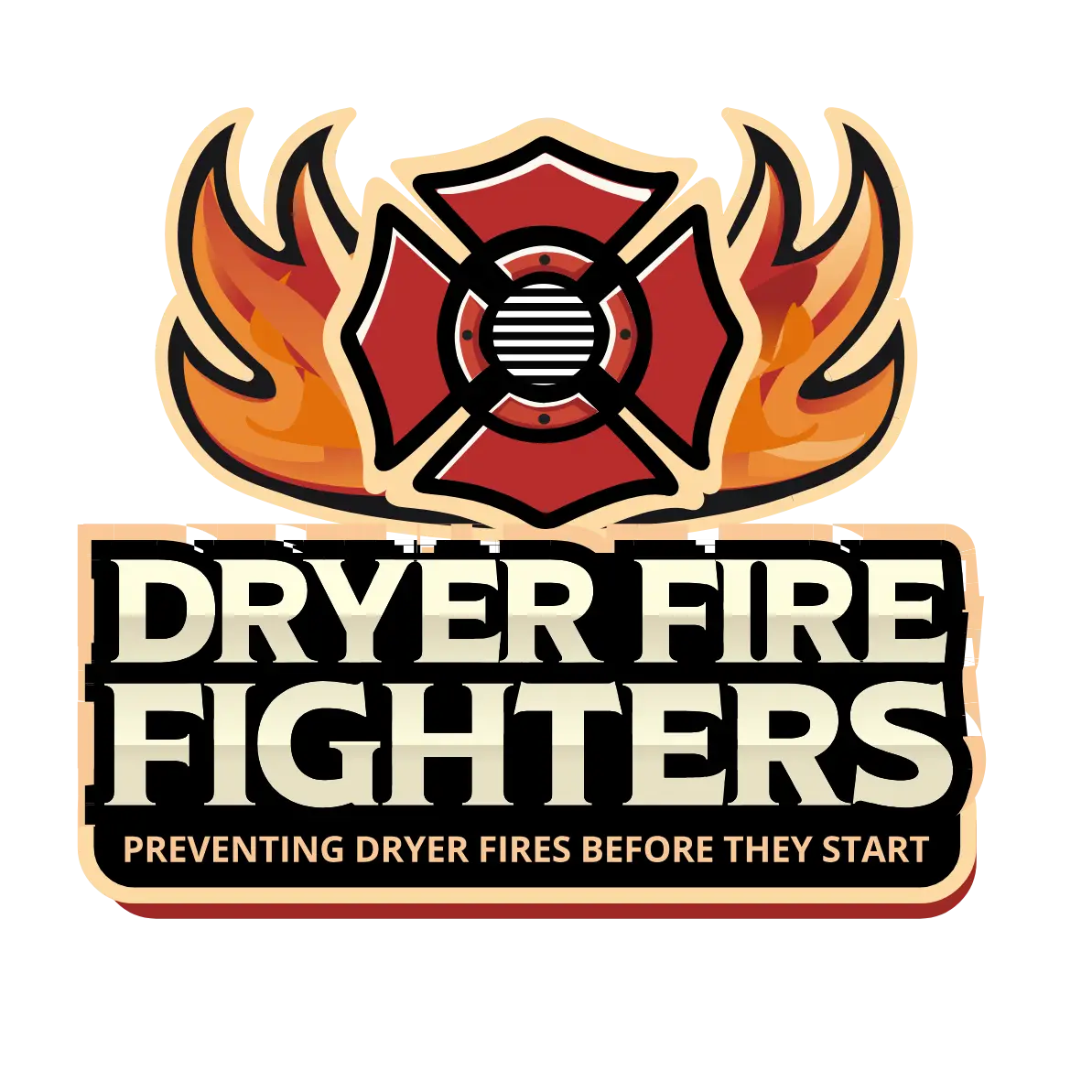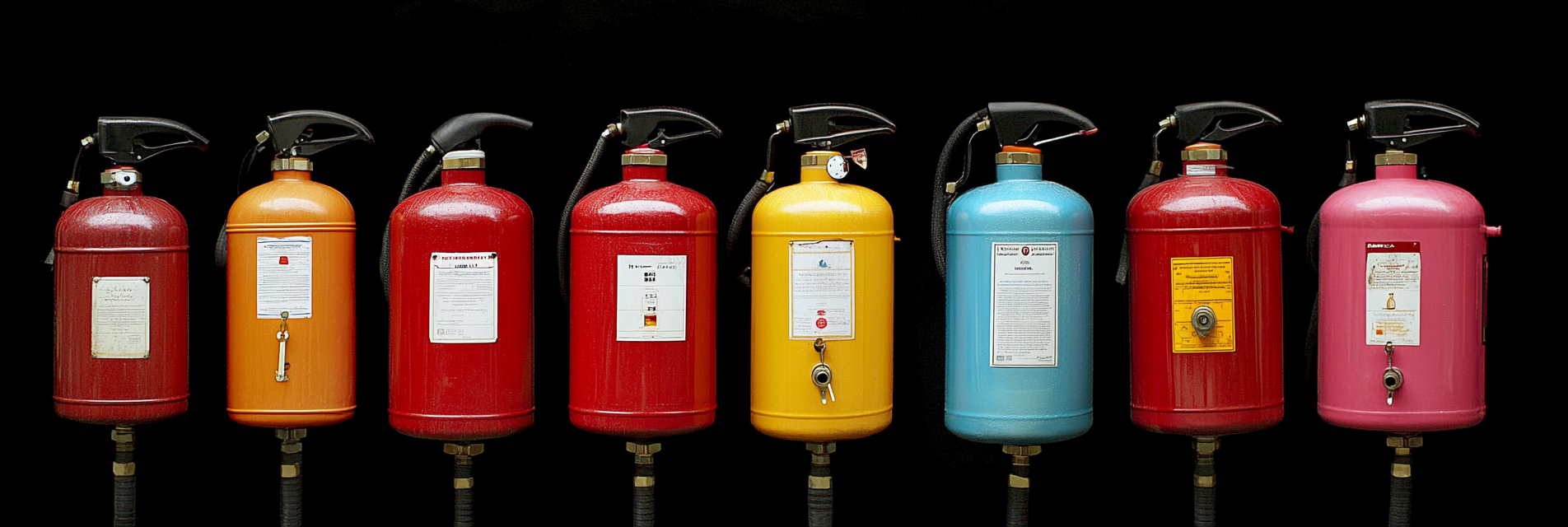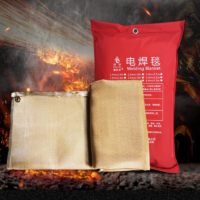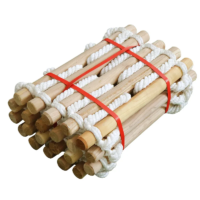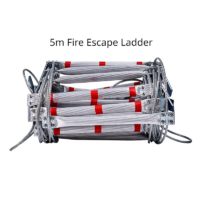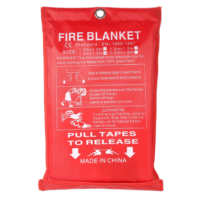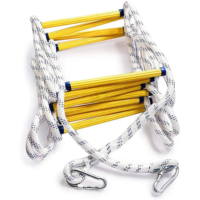Household injuries are a common occurrence and can range from minor cuts to more serious incidents like fractures or severe allergic reactions. Knowing how to respond promptly and effectively can minimize pain, prevent complications, and potentially save lives. This article outlines quick response techniques for common household injuries and tips for keeping your home prepared. 1. Treating Cuts and Lacerations Minor cuts and lacerations are among the most frequent household... [Read More...]
Fire extinguishers are an essential part of home safety, capable of preventing small fires from becoming full-blown emergencies. However, having a fire extinguisher isn’t enough—you must know how to use it effectively. This article covers the types of fire extinguishers, when and how to use them, and best practices for ensuring your home is prepared for fire emergencies. 1. Understanding Fire Extinguisher Types Different types of fires require different extinguishers.... [Read More...]
Cardiopulmonary resuscitation (CPR) is a life-saving technique that can make all the difference during cardiac emergencies. Whether it’s due to a sudden heart attack, drowning, or other causes, knowing how to perform CPR correctly can help keep blood circulating and improve the chances of survival until professional help arrives. This article covers when to perform CPR, step-by-step instructions for adults, children, and infants, and tips to boost your confidence in... [Read More...]
Accidents happen, and knowing basic first aid can make a critical difference in managing injuries and preventing complications. Whether it’s a cut, burn, or sprain, having the skills to provide immediate care can protect your family’s health and offer peace of mind. This guide covers essential first aid techniques that everyone should know, along with practical tips and product recommendations to enhance your home safety. 1. Treating Cuts and Scrapes... [Read More...]
